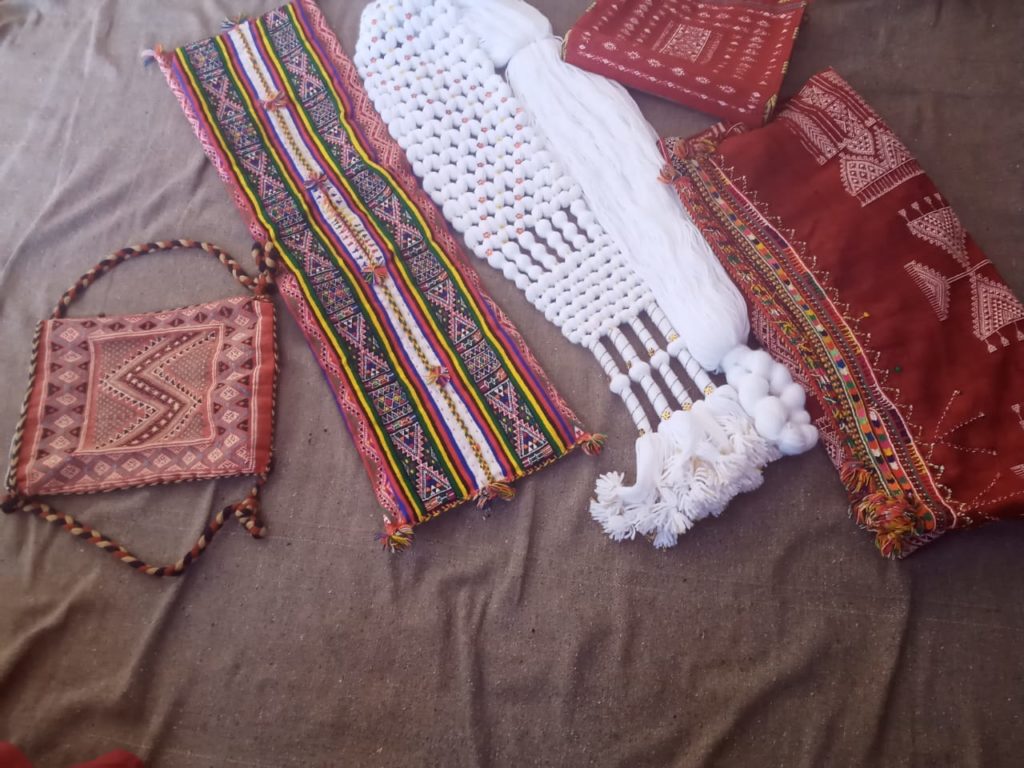Bir Saad is a village in the South Tunisian governorate of Gafsa. It is located a little more than ten kilometers to the east of the village of Bou Omrane. Actually, it directly abuts to the village of Bou Saad. However, the main road leading to the governorate’s capital of Gafsa, divides the two villages, since Bou Saad is in the north and Bir Saad in the south of it.
The Bou Saad tribe, however, constitutes the large majority of Bir Saad’s population. According to locals, this tribe originally came from the small town of Sened around 30 km to the north of Bir Saad. The other two big tribes, Ouled Zayd (Ūlǟd Zāyd) and il-Ayaysha (l-Aʕyǟyša) hail from the east. It is said that the Ayaysha tribesmen came from the close Belkhir region, the Ouled Zayd tribe, however, from the direction of the coastal city of Sfax. Since there have been no family relations between the three tribes, people used to be wary of each other for a long time. Nowadays, however, the situation has changed. Even marriages go beyond the tribal borders.
Yet, the place bears witness to its history while adapting to modern times. The toponym Bir Saad, meaning “Saads well”, perpetuates the builder’s memory. At the same time, the well itself is still in use. As people have no water pipes, each house is equipped with a dug underground water reservoir used as well and called Majen (mǟžin).
Also, in respect to food and clothes, Bir Saad’s inhabitants draw on traditions. Bazin (bāzīn), for instance, represents a very traditional dish based on barley, which is cooked very often. Handcrafted are, moreover, the garments for festivities. The bridal gown, called Bakhnoug (baxnūg) is made of a woollen red fabric.
The traditional bride accessories consist of a belt, a handbag and a huge pillow, filled with wool and fragrant substances, for the bride and her husband to sleep on. Local women produce everything from the scratch and decorate their garments and accessories with elaborated and colourful patterns.


